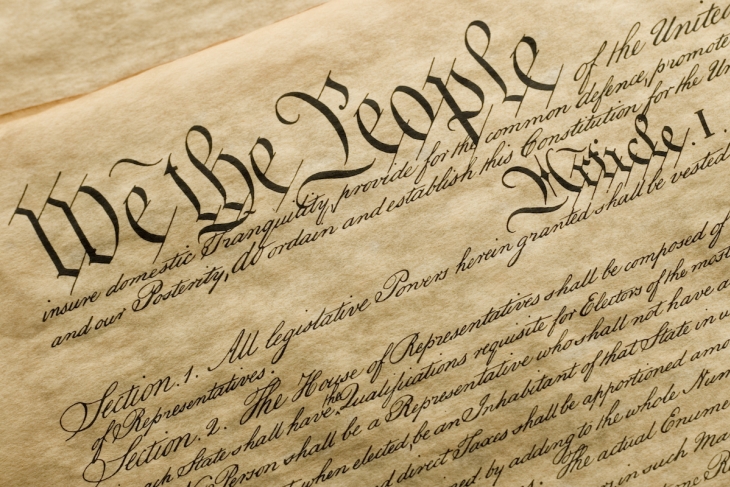A few years ago, I taught a high school seminar class in civics and democracy at a New York charter school. My goal for the course was for students to see that the U.S. Constitution isn’t an ancient, dusty document, but an enduring set of principles, deeply woven into their lives and the headlines they read every day. The classroom was transformed into a space where students debated contemporary issues in the news, including college speech codes, stop-and-frisk policing, same-sex marriage, and why their education was paid for by taxpayers at no cost to them or their families.
If I was teaching that class today, I’d be inclined to launch a unit on “Banned Books Week,” an annual event celebrating the freedom to read and highlighting the harms of censorship. Launched in 1982 by the American Library Association and other organizations in response to a surge in book challenges, it raises awareness about attempts to restrict access to books in libraries and schools, usually for one week in late September or early October.
I’ll confess that I like thumbing my nose at authority as much as anyone and take some measure of satisfaction in cultivating in students an appetite for independence and even a little healthy defiance. But I can’t resist a teachable moment: If books are truly banned, how is it that they’re right there on display in public? Walk into any bookstore or library during “Banned Book Week” and you’ll likely see a table prominently displaying these illicit wares. If those books have been banned, why don’t booksellers and librarians fear getting clamped in irons and hauled off to jail?
As my AEI colleague Max Eden and Jay Greene of the Heritage Foundation have pointed out, PEN America, whose data are the most common source of “book ban” hand-wringing, has a generous definition of the term. “If a book has been temporarily removed from shelves for review and then deemed acceptable and put back, it has been ‘banned,’” wrote Eden and Greene in Education Week. “If a book is moved from a school library to a guidance counselor’s office, it has been ‘banned.’ If parent permission is required, it has been ‘banned.’ If a book is moved from one section of a school library to a section for older students, it has been ‘banned.’”
All of this is a recipe for a great civics lesson. So let librarians and booksellers have Banned Books Week. I propose that civics and history teachers deepen student thinking and engagement with a parallel “First Amendment Week.” Learning objectives would include understanding the Constitutional protection of free speech and how that squares with book bans and other forms of expression, and analyzing and evaluating arguments for and against restricting certain books in schools.
There’s no end to the rich and fruitful discussions for teachers to lead: Were there any books or types of content you were not allowed to read or consume when you were younger? Do you think those restrictions were fair or arbitrary? Does removing a book from a school library or requiring parental permission qualify as banning? Should parents have a say in what books are available in schools? Why or why not? Can age-appropriate guidelines for reading ever be compatible with freedom of speech? The most engaging civics lessons involve topics and settings that students are most familiar with, thus there is civic education gold to be mined in asking how schools should decide what is appropriate for different age groups. What are some reasons a school or library might restrict access to a book? Are any of these reasons justifiable?
They can also analyze landmark Supreme Court cases like Tinker v. Des Moines and Island Trees School District v. Pico, using these examples to better understand the role of free speech in schools and the limits of their own free speech rights in school. First Amendment Week might culminate with a structured debate in which students draw on their discussions and readings to argue whether any books should be restricted in schools.
Throughout the week, teachers can guide students to think critically about the nature of censorship, the balance between protecting young readers and safeguarding free expression, and the responsibilities of schools in promoting a diverse range of ideas. By considering questions such as “Should books ever be restricted?” and “How do we balance individual rights with community standards?” students should be encouraged to form well-reasoned opinions, appreciate the complexities of free speech, and recognize the First Amendment’s relevance in their own lives.
Unlike the ostensible celebration of freedom and (frankly) the booksellers’ marketing opportunity associated with promoting “banned” books, First Amendment Week would invite students to think actively, critically, and deeply. Banned Books Week already gets people talking about censorship, but the problem is that the conversations can often be overly simplistic or observably misleading. Civics teachers have an opportunity to raise the bar and develop a more nuanced understanding of what “book banning” really means—and what it doesn’t.




